Improving recycling processes can result in improved metal recoveries and minimize environmental footprints. Among different analytical approaches, titration analysis has a particularly wide scope in the battery industry.
METTLER TOLEDO has built a comprehensive library of titration applications designed to analyze metal and water content - key parameters in the recycling process of lithium-ion batteries (LIBs). The company offers strong customer support through training programs, a dedicated customer service team, and maintenance solutions.
This article explores METTLER TOLEDO’s titration applications and how they can be used in LIB recycling.
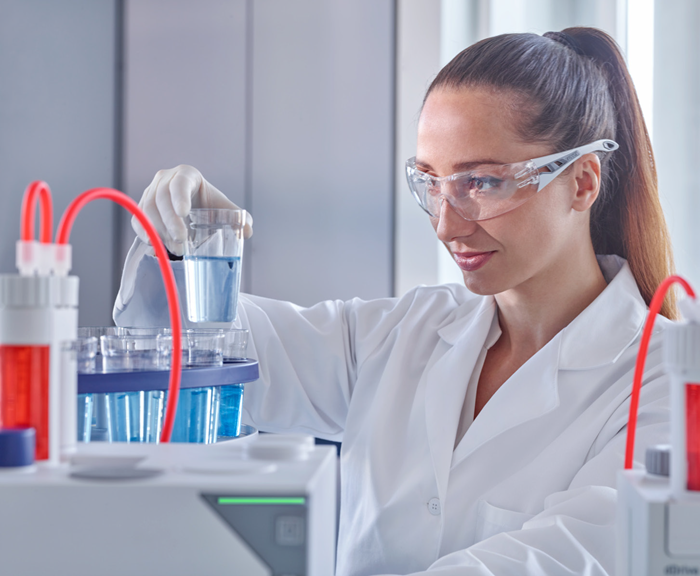
Image Credit: Mettler-Toledo - Titration
Why Recycle Lithium Batteries?
Environmental and Economic Standpoints
Scarcity of Metals
- The limited availability of lithium and other essential metals presents a growing challenge, especially given their widespread use in lithium-ion batteries.
- Recycling aids in the recovery of valuable metals, usually as a salt, minimizing dependence on mining new resources and, therefore, reducing the environmental impact.
Protection From Pollution
- Recycling LIBs protects soil and groundwater against contamination, ensuring ecosustainability, and keeping natural resources safe from uncontrolled mining.
- Metal salt recovery minimizes carbon dioxide emissions while making the process energy-efficient and environmentally friendly.
Minimize Your Costs
- Recycling introduces a circular economy and more robust, deglobalized supply chains. This reduces commodity bills by removing the need for mining and importing virgin materials.
- Recycled metal salts also conserve energy, which benefits both the environment and the economy.
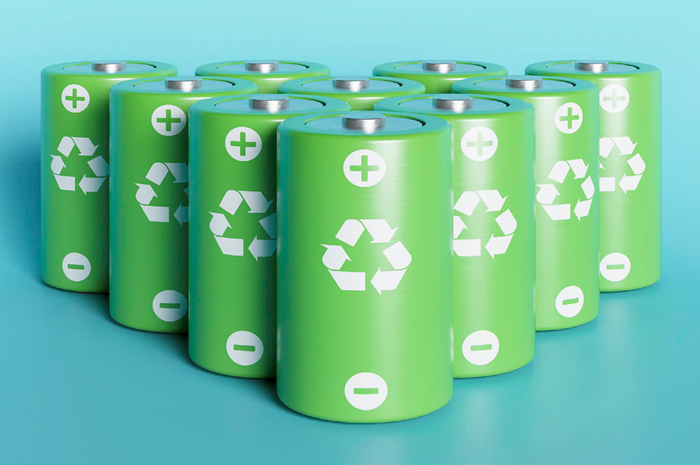
Image Credit: Mettler-Toledo - Titration
Overview of METTLER TOLEDO Analytical Solutions for LIB Recycling
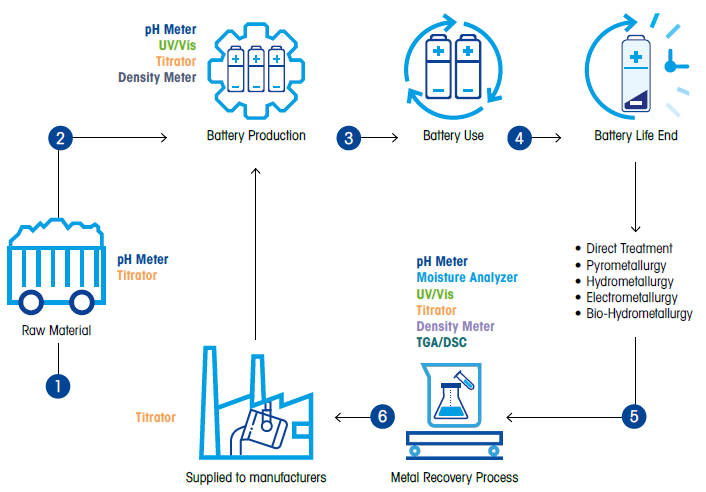
Image Credit: Mettler-Toledo - Titration
Lab Analysis in Recycling LIB Segment
Crucial Elements for Ensuring High-Quality Metal Recovery
An automated titrator enables accurate measurements of chemical concentrations, which are crucial for quality control and optimizing production across industries.
METTLER TOLEDO supports customer satisfaction by delivering efficient sample analysis, maintaining regulatory compliance, and providing comprehensive documentation.
Elevated precision and flexibility in measurement techniques allow customers to accelerate research and development projects.
METTLER TOLEDO titrators are utilized worldwide in the LIB segment. Automated titration is proving critical for maximizing productivity and efficiency in rapidly growing industries.
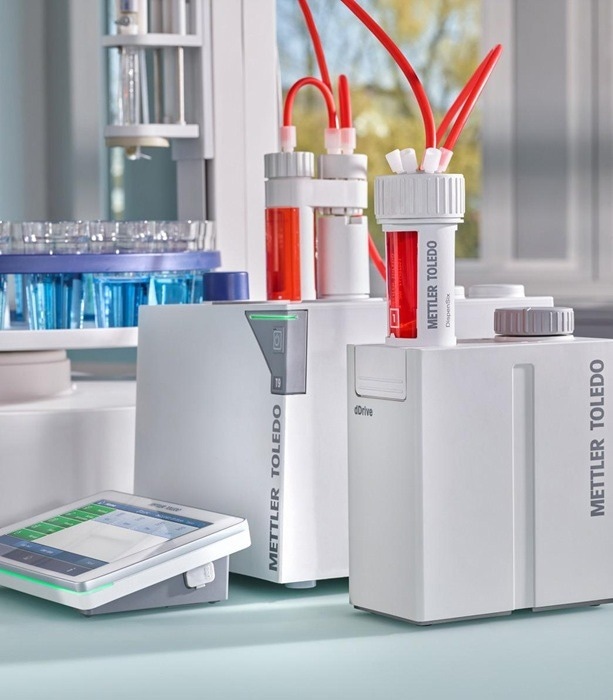
Image Credit: Mettler-Toledo - Titration
The METTLER TOLEDO Range of Titration Applications
Learn More About the Detailed Workflow for Efficient Operation
- Cobalt (Co) and nickel (Ni) according to the Chinese standard
- Manganese (Mn), according to the Chinese standard
- Cobalt (Co) content by photometric titration
- Water-soluble Li hydroxides and carbonates
- Lithium ions by potentiometric precipitation titration
- Total iron (Fe) content by redox titration
- Water (H2O) content of LIB electrode using Karl Fischer titration
- Detrimental water and hydrofluoric acid (HF) in the main Li-ion battery components
- Complexometric determination of nickel, manganese, and cobalt using DP5 Phototrode
- Metal content in NMC cathode material of LIB using a Cu-ISE
Titrators: Dedicated to Your Needs
Choose the Right Titrator for Accurate Analysis: Start the Workflow Quickly and Easily
METTLER TOLEDO provides a range of titrators for your diverse laboratory needs, from simple and affordable to advanced systems for fully automated solutions.
Compact Titrators
- User-friendly interface and space-saving design
- Expanded analysis methods, method functions, and software options
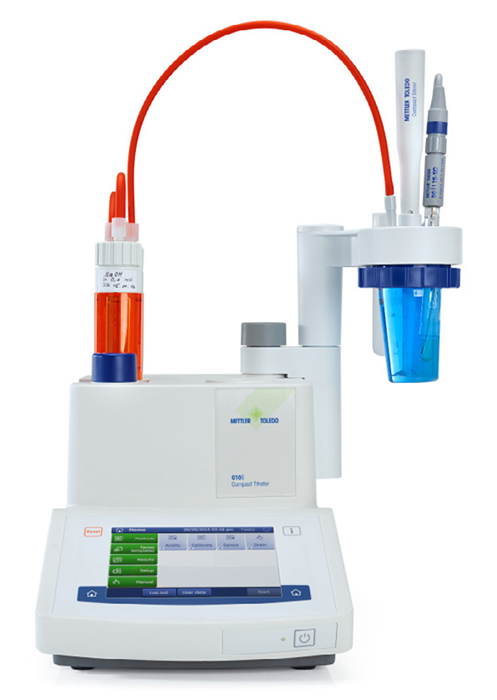
Compact Titrator. Image Credit: Mettler-Toledo - Titration
Excellence Titrators
- High modularity, expandable to a wide range of applications
- Simultaneous parallel titration supports automated workflows
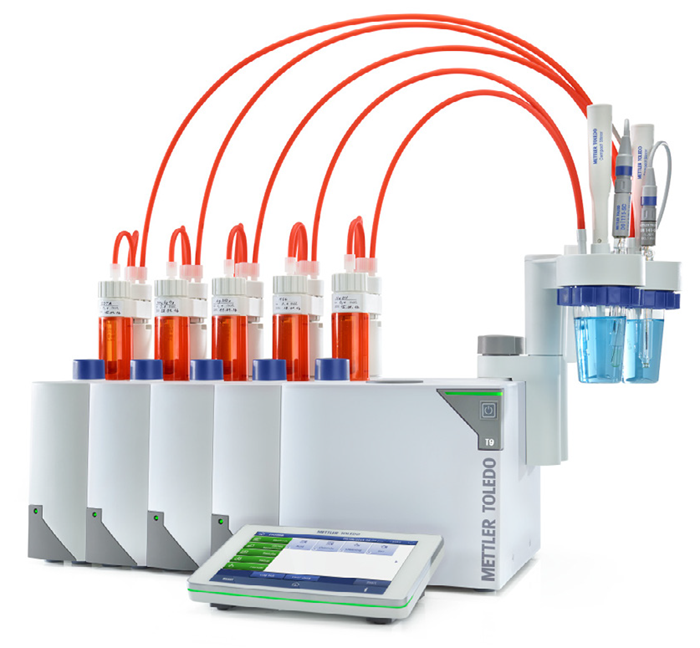
Excellence Titrator. Image Credit: Mettler-Toledo - Titration
Karl Fischer Titrator
- Water content determination in just one click
- Low water content is easily measured with coloumetric titration
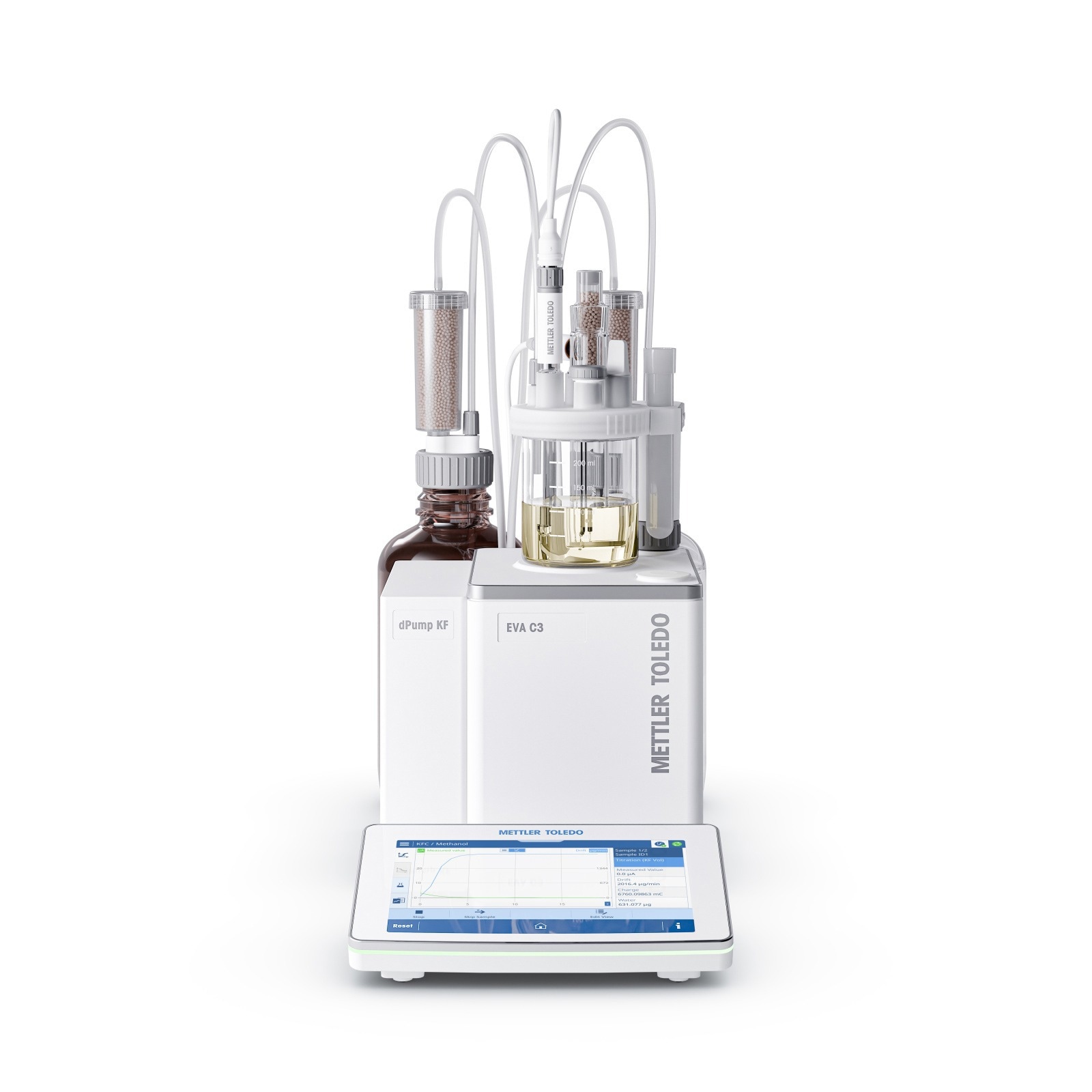
Karl Fischer Titrator. Image Credit: Mettler-Toledo - Titration
Smarten Your Workflow Process with Automation
METTLER TOLEDO systems save time and reduce cost, increasing your team’s productivity and improving the safety of your operations.
InMotion™ Autosampler
- Flexible and efficient autosmaplers, tailored for your specific needs
- The small size means you can maximize metal analysis productivity in busy labs
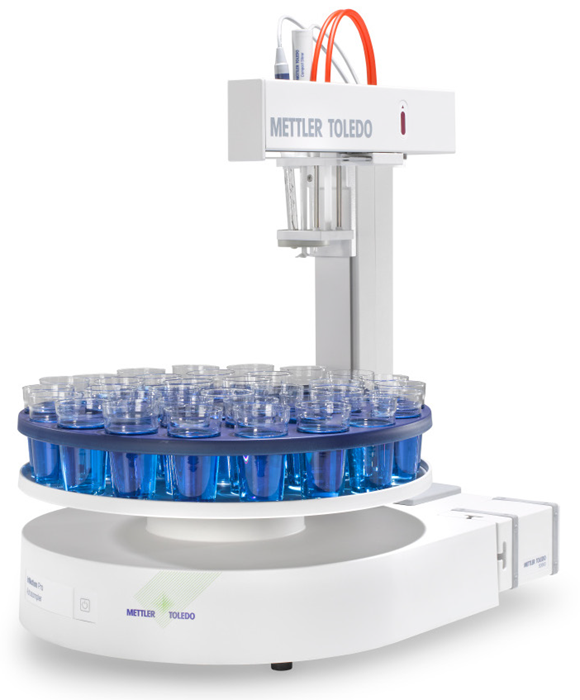
InMotion™ Autosampler. Image Credit: Mettler-Toledo - Titration
DispenSix Liquid Handler
- Automates liquid handling tasks to improve productivity with efficient workflows
- Accurate dispensing of up to four liquids of multiple volumes, ranging from 10 μL to 500 mL
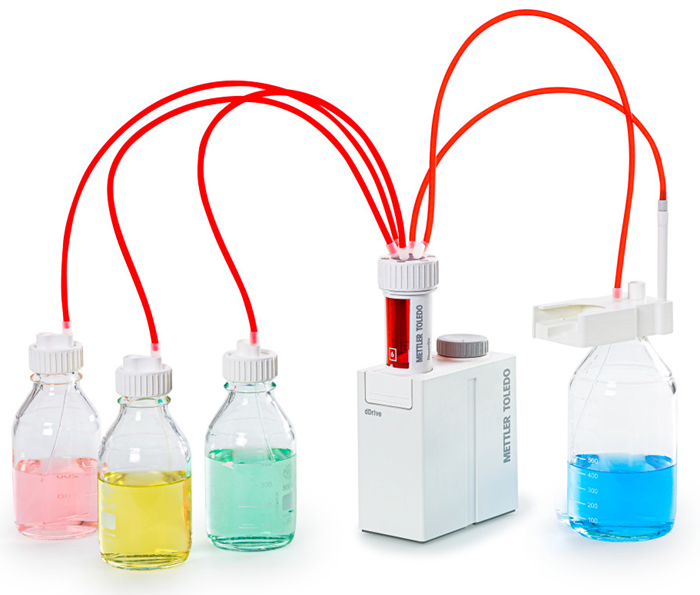
DispenSix Liquid Handler. Image Credit: Mettler-Toledo - Titration
InMotion™ Karl Fischer Autosampler
- Provides precise and automated water determination of battery components with easy sample preparation
- Maximum throughput of 26 samples on a 25 cm rack platform, minimizing space usage in busy laboratories.
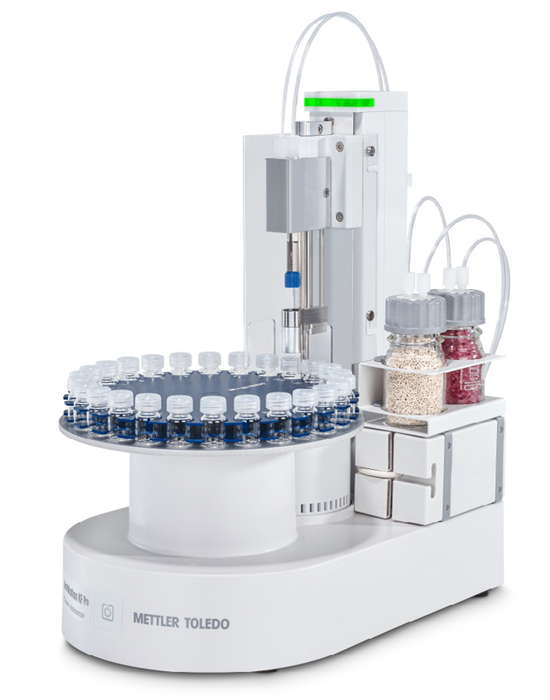
InMotion™ Karl Fisher Autosampler. Image Credit: Mettler-Toledo - Titration
Explore METTLER TOLEDO's Services
Tailored to Fit Your Equipment
METTLER TOLEDO supports and services measurement equipment through the entire life cycle, from installation to preventive maintenance. Uncover the benefits:
Uptime: Support and Repair
- Repair services
- Spare parts and kits
- Software care
- Support for services
Performance: Maintenance and Optimization
- Calibration and certificates
- Equipment qualification
Compliance: Calibration and Quality
- Professional installation
- Continued preventive maintenance
Expertise: Training and Consulting
- Training for users
- Documentation and downloads
- Good titration practice
Source: Mettler-Toledo - Titration
| Instrumentation |
Content Measured |
Stages |
| Titrator |
Metal
Content |
Li, Co, Mn, Ni,
Fe, Cu, Al, Ca |
- Raw Material
- Battery Production
- Metal Recovery Process
- Refining
|
Metal Salt
Content |
LiOH, Li2CO3, |
- Metal Recovery Process
- Refining
|
| Chloride |
LiCl |
|
Karl Fischer
Titrator |
Trace
water content |
- Cathode
- Anode
- Electrolyte
- Recovered metals
|
- Battery Production
- Metal Recovery Process
|
Moisture
Analyzer |
Moisture
Content |
Moisture |
|
Density
Meter-Refractometer |
Density of
Electrolyte |
Electrolyte-
LiPF6 |
- Battery Production
- Metal Recovery Process
|
| UV/Vis Spectrophotometer |
Color
Measurement |
Electrolyte- LiPF6
N-methyl-2-pyrrolidone (NMP) |
|
| Thermo-Gravimetric Analyzer/ Differential Scanning Calorimeter (TGA/DSC) |
Metal Salt |
LiFePO4 |
|
| pH Meter |
pH Conductivity |
|
|

This information has been sourced, reviewed and adapted from materials provided by Mettler-Toledo - Titration.
For more information on this source, please visit Mettler-Toledo - Titration.